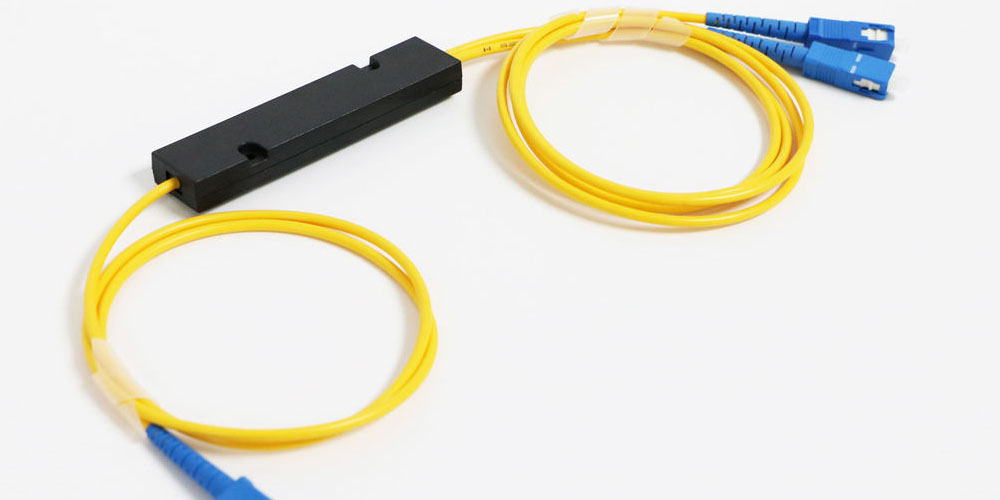
A guide for fiber optical PLC splitters
A fiber optic splitter is a tool used to enable an optical fiber signal to be distributed across two or more fibers. On the other hand, PLC splitters are also referred to as Planar Waveguide Circuit Splitters. These devices do help in dividing light beams (1 or 2) into several beams uniformly.
Sometimes, the same device combines several (multiple) beams of light into a 1 or 2 beams. In general terms, a PLC splitter is a passive optical device with several input and output terminals. This post looks at a specific type of PLS splitter known as a fiber optic PLC splitter.
How do fiber optical PLC splitters work?
The first thing you need to know about these devices is that they are typically installed between PON optical line terminals and optical network units. The optical line terminal is the central office from which the single fiber link comes.
The first thing that happens is the fabrication of waveguides using lithography onto a silica glass substrate. Doing this allows specific percentages of light to be routed. The single fiber link is connected using a PLC splitter which splits it into a specified number of links. Therefore, more than one link leaves the splitter to the optical network terminal. The required number of outputs determines the number of links produced.
PLC splitters are also commonly centralized in the PON architecture. However, some engineers may choose to use distributed architecture. In a centralized architecture, most of the time, the Central Office uses a 1 by 32 PLC splitter.
On the other hand, in a distributed architecture, a 1 by 4 PLC splitter is preferred. In this case, the splitter is initially connected directly to the central office’s OLT port. From there, the four fibers are individually routed to an external plant terminal, also known as an enclosure box. The enclosure box usually hosts a more prominent split configuration.
The rapid growth of FTTxworldwise technology has also given rise to the need for larger configurations. These split configurations allow networks to serve more subscribers. They do this while allowing equal distribution at the same time.
It is worth mentioning that PLC splitter technology is mainly based on semiconductor technology. These devices feature a design with one optical PLC chip coupled with several optical rays. However, the design usually differs from one manufacture to the next. It also depends on the required output ratio in particular situations. Additionally, optical rays are usually couped on each end of the chip.
Benefits of fiber optical PLC splitters
Fiber optical PLC splitters are a better solution for applications involving larger split configurations. Fiber optical PLC splitters are a great option because they provide accurate and even splits. They also ensure the least loss, especially in an efficient package. Therefore, PLC splitters offer a low-cost solution without compromising on essential elements like stability and reliability.
Final word
In general, PLC splitters are better options for optical splitters. However, it is essential to mention that their usefulness and applicability depends on the situation where it is used.
